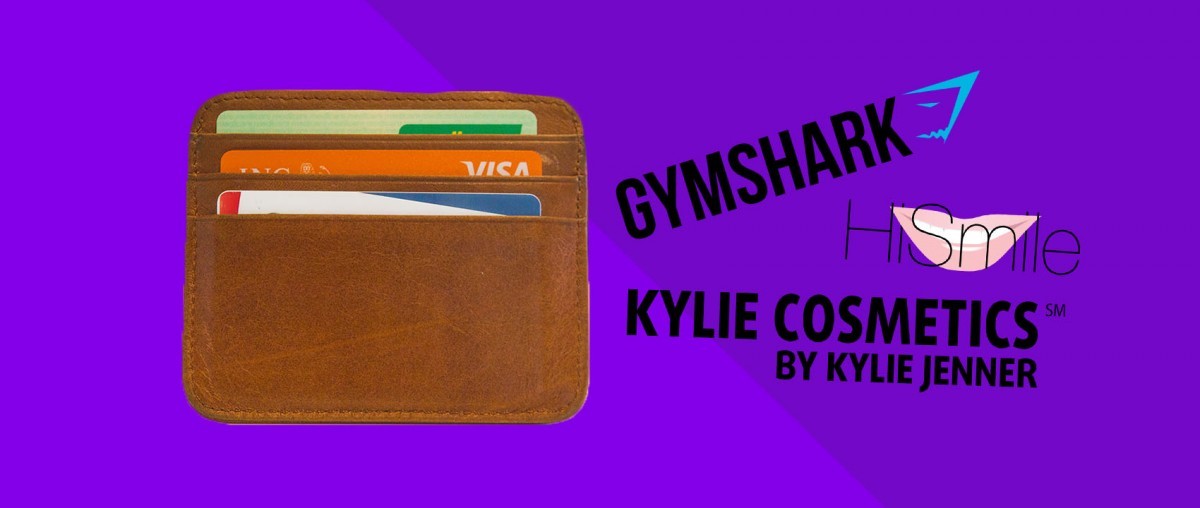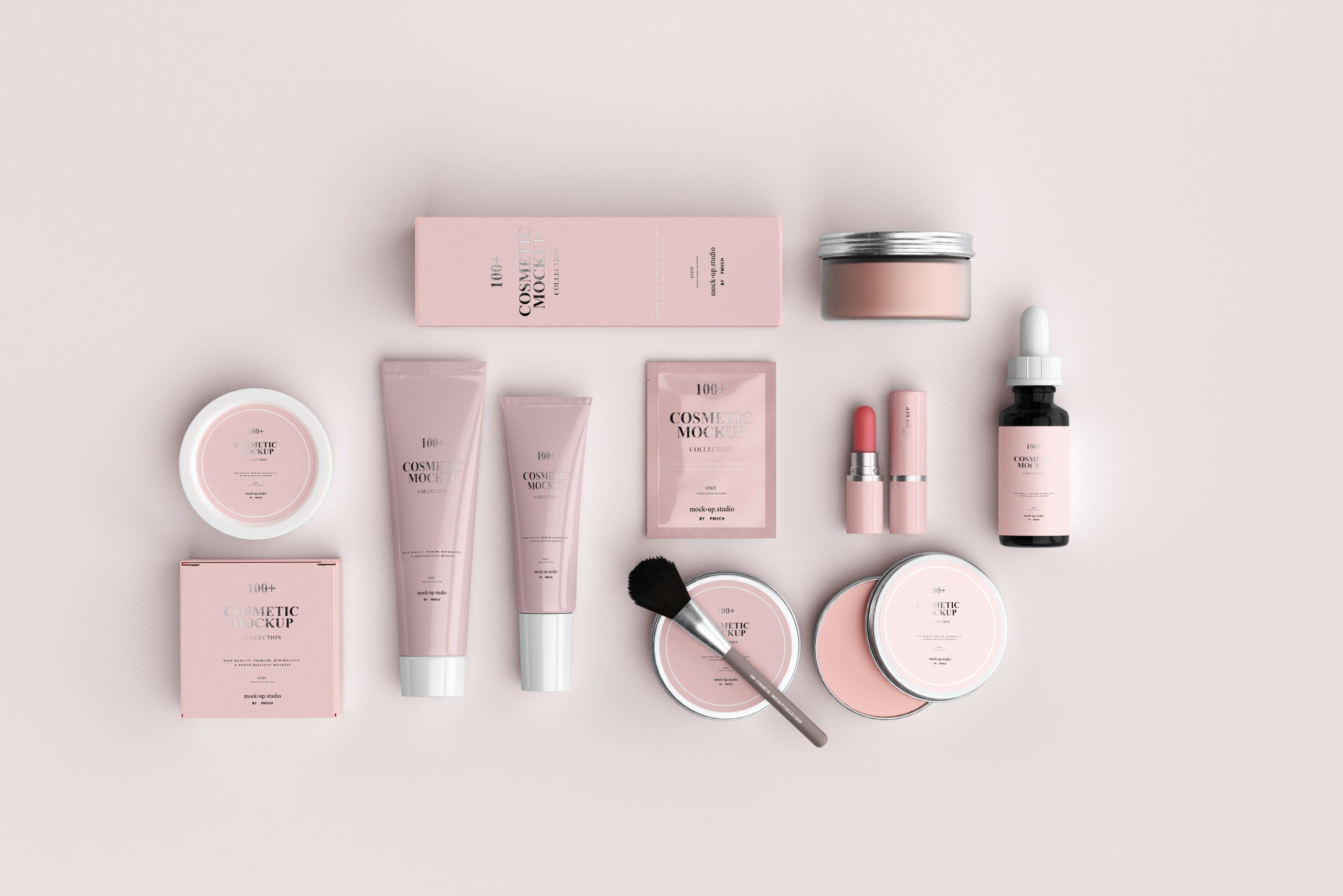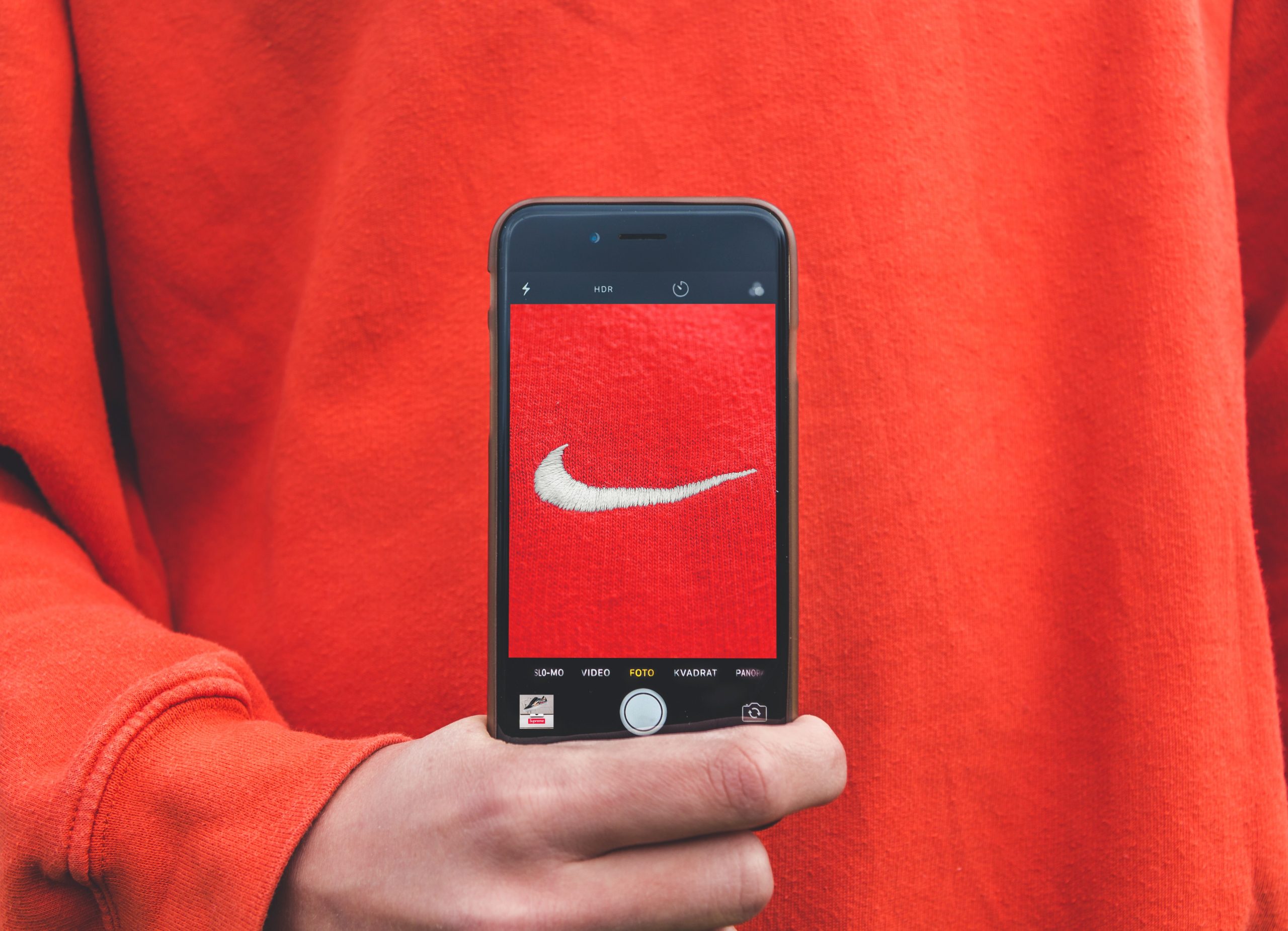Guide
How To Start A Retail Business From Scratch
By Eric Valden, 17th January 2020
The retail industry is known to be a very challenging arena for aspiring entrepreneurs to enter. Major budget limitations and lack of contacts tend to play a key role in restricting the average entrepreneur in playing a part.
However, we are now in 2020, and Krepling has made barriers to entry in most industries almost a thing of the past. Our platform has made it incredibly easy for anyone to start, grow and scale a retail business with as little as $15 a month as total capital costs, without the need to even consider purchasing a physical store. In this article, we lay out the simple blueprint that anyone can follow to find success in the retail industry.

Stacey Ambron | Krepling Design
Step 1. Know Your Industry
Before you even come up with the idea itself, it’s crucial that you know your industry backward. Whether you are into selling clothes, food, cosmetics or anything od that nature, each industry will have its own set of unique challenges and opportunities. The journey starts by understanding the potential industries. The worldwide web has made it very easy to understand the industries and which ones you should be heading into.
Some questions you can ask yourself include:
- What are you passionate about?
- What products do you buy the most?
- What companies do you like the most?
- What products are most popular right now within an industry you’re knowledgeable of?
- What professional experience do you have?
Competitor research will also play a key role in the beginning phase of your research. Understanding exactly who your competitors are and what they are doing right will play a major role in the long term success of your business.
Your goal isn’t to copy your competitors, but to see what’s working. From there, you can start brainstorming unique potential ideas to stand out and serve this industry.
Step 2. Find The Winning Products
To begin selling products online one simple choice has to be made. A simple choice that will define your business and all its underlining aspects and models. There are two paths you can go down when it comes to the products you will be selling:
- You can manufacture your own
- You can sell other people’s products (also known as “reselling”)
The founders of Krepling started off as a consignment marketplace reselling popular streetwear labels and sneakers, so for the purposes of this article, we’ll assume you will be reselling other companies’ products.
This is not to say that manufacturing your own products is not a viable solution but requires a far more in-depth blueprint and cost analysis. To simplify the process for the sake of this article, the overall process requires testing, manufacturing, doing quality control, and working the logistics of each individual product.
When focusing on reselling, the step by step process involves sourcing suppliers that are willing to allow the distribution of their products. Let’s say you want to sell drones and other similar tech-related products. To find these products, you’d search “list of drone products” or “list of tech-related products”. This search query would bring you a whole lot of potential products to sell. Your job is to make a list of the products and then find the suppliers or manufacturers.
Then you’d contact the company directly to see if they can supply you with their products, this will probably be cheaper than working with a wholesaler, but the company will likely ask you for a higher initial purchase, which will require a larger initial investment.
For a more ‘cost-effective approach’, you may choose to source wholesalers on AliExpress. Avoid using services like Oberlo, as you will not be building any longterm relationships with the supplier or wholesaler, which will be crucial to building a long-term sustainable business model.
Whatever the case, make a list of the products you like and start looking for the companies and distributors who sell them. Later on you will see how to negotiate with them. All you want to do now is to know who to contact.

Mockup Cosmetics Studio. Chamara | Getty Images
Step 3. Limit Your Initial Product Selection
The single major problem that a majority of new e-commerce entrepreneurs face is that they are abruptly selling the wrong products. If your goal is to ultimately find long-term success in the retail industry, you need to sell products that fit your audience and your chosen brand. This is all about understanding your audience’s needs.
The research in Step 1 should shine a light on the products people are buying or could be buying in your specific industry.
Using the drone and tech industry as an example, you’ll see drones are very popular. Because of that, everyone is selling them. If you want to stand out, you’ll have to think deeper.
What other tech-related products and drone attachments are people are already buying that you could mix with the drones you will be initially selling? What extensions, problems and drone-like products are ignored by most of your competitors?
For example, you may find that there is a small number of drones that do not include detailed guides, warranties, and support alongside the initial purchase. This could be a great opportunity to offer a unique product to your market.
An important point to consider when picking the right product is to select the ones that are popular (or, at least, that could become popular soon), lightweight, simple in nature, and cost-efficient. Popular products might show up in industry-specific magazines and journals, attract praise in the community (scout Reddit and other social networks), or are winning awards.
Step 4. Build A Relationship With Suppliers
Building on what was said in Step 2, uisig platforms like Oberlo do not allow you to build long-term trustworthy relationships with your suppliers, which is crucial for long-term success and profitability. Now that you have a list of suppliers you made in step 2, your job is to contact and start negotiating with them.
Start by analyzing their sites and business. Check for potential revenue volumes available on the web so you can see how big they are. The bigger they are, the higher the minimum initial orders will likely be.
You want to work with suppliers that are comfortable selling to small businesses like yours.
When approaching suppliers, don’t tell them you’re inexperienced or new at this. Instead, tell them you’re looking for the right supplier to work with for the long run. Avoid talking budgets and other detailed information just yet.
To help you out in your approach, you can use this sample template that was actually used by Krepling’s co-founders to build supplier relationships in their first e-commerce store.
Hi VENDOR NAME,
My name is YOUR NAME and I’m a purchasing agent for YOUR COMPANY. We are interested in carrying many of the items that you have to offer.
Specifically, I would like to get pricing and availability for the following items:
* Products #1
* Products #2
* Products #3
If you could send us more info as well as your product catalogs and MOQ we would greatly appreciate it.
Thank you,
YOUR NAME
You won’t believe how responsive some large companies can be with entrepreneurs like you, and how friendly some others will be. Be open to learn and negotiate, and soon you’ll be mastering the art of supplier negotiation.
Step 5. Build Your Brand
This step is usually the first on many entrepreneurs’ journeys, and ultimately does nothing but constrain them the one particular idea and niche. Be optimistic and know what you are doing before you set your name in stone. If you have followed steps 1-4, by this point you will already know what your business is about and what you will be doing, and this step will be easier than you think.
This step has one simple life lesson all entrepreneurs ought to learn about the retail industry. No matter how great your products are, if you want to succeed with your online retail business, you want to have a strong brand around it.
That means, you want to have a great copy, and an overall design that fits your audience and your products perfectly.
Branding is both an art and a science, which can be incredibly extensive. Right now, however, all you care about is nailing your store’s name and logo.
Take some time to think about your business name. Brainstorm as many as you can and think about how it can explain or give an idea of what your business is all about. Most importantly, you want to come up with a name that appeals to your target audience.
As you think about your potential brand names, you want to go ahead and check the availability for their domains. Here at Krepling we also allow you to purchase your domain directly before even building your business. With automatic renewals and additional addons like DNS management, ID protection, and email forwarding, you can’t go wrong.
Ideally, you want to get a .com, but in case you come up with the perfect name that doesn’t have a domain available, consider buying a .io, .co, or .net for the time being. Here at Krepling we sell them all, so don’t worry.

Nike [nahy-kee] 1. the ancient Greek goddess of victory. Kristian Egelund | Unsplashed
Step 6. Open A Krepling Account
The next step to starting your online retail business requires you to open an account with Krepling. We allow for complete customization of your store and backend functionality. This article is not here to sell you on Krepling, but merely to provide aspiring entrepreneurs with a detailed blueprint on how to build a successful retail business.
Step 7. Organize Your Marketing Plan
The negotiation with your suppliers will likely take a few weeks, if not months, from the moment of your first contact until you have their products in your warehouse.
While you manage the supplier’s relationship and logistics, you need to start preparing for your launch with an epic marketing strategy. There’s nothing worse than launching an e-commerce store to the sound of crickets.
Building your site, configuring shipping options, configuring payment gateways etc is fairly simple on Krepling, and shouldn’t take you more than a couple of hours.
As we explained before, a marketing plan brings clarity to your company. A marketing strategy will help you understand how you’re targeting with your messaging so you can become more effective when you launch.
It is crucial that you define the top marketing channels you will use to reach your potential buyers. The most common include:
- SEO
- Facebook ads
- Email marketing
- Blogging (in your own site)
- Guest blogging
- Events
All of these channels have their pros and cons. Whatever channel you decide to use, stick to no more than three and master them first, instead of trying to do everything at once and spreading yourself too thin.
Step 8. Publish Your Site and Launch Your Business
On its own, this moment doesn’t require a lot of work. All you have to do is make your store visible to the public by pressing the “publish” button on the Weebly builder through Krepling.
Conclusion
So you launched your online retail business. What now? To start, you’ve made it, celebrate it! Pop a champagne bottle, get a coffee at your favorite place, call a friend, you name it.
Once the excitement wears off, you’ve got to remember that you run your own business now. This means you have to think and act as a business owner. Your products need to be properly restocked. You need to offer customer service. You need to refine your marketing plan. Test, analyze, learn, iterate, and grow.
That’s how you will make your online retail business a success. You already have the blueprint, now it’s time for you to get started.

